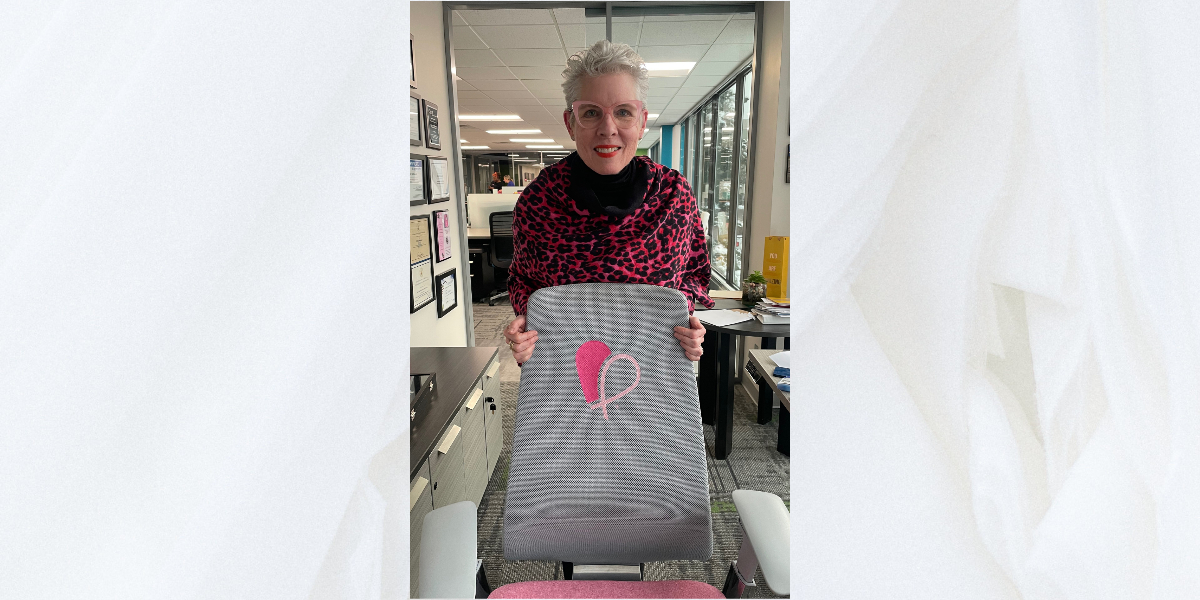In recent years, a captivating sports phenomenon has been sweeping the nation, catching the attention of both seasoned athletes and newcomers alike. Pickleball, a quirky blend of tennis, badminton, and ping-pong, has skyrocketed in popularity, positioning itself as the fastest-growing sport in the country. While it’s no secret that outdoor courts have been the heartbeat of this exhilarating activity, a new trend is emerging – the migration of pickleball from the open-air courts to indoor facilities. In this article, we explore the driving forces behind this migration, the implications it holds for the sport.
Read also: Kids in sports: how you can protect them and still let them have fun
The Rise of Pickleball: A Quick Recap
Before delving into the indoor migration, let’s take a quick look at why pickleball has become a sensation. This sport’s appeal lies in its accessibility, catering to a broad demographic – from retirees seeking active leisure to young adults craving a unique athletic experience. With simplified rules and a smaller court size, pickleball minimizes barriers to entry, making it an ideal choice for both newcomers and experienced players.
From Sunshine to Shelter: The Indoor Migration
What’s fueling pickleball’s transition from sunlit courts to indoor venues? One key driver is weather inconsistency. While outdoor play offers a refreshing connection to nature, unpredictable weather conditions can put a damper on players’ enthusiasm. This is particularly true for regions prone to rain, extreme heat, or chilly temperatures. By moving indoors, pickleball enthusiasts can enjoy uninterrupted play regardless of the elements outside.
Another catalyst for the indoor migration is extended playing hours. Outdoor courts are subject to daylight availability, limiting the time players can engage in matches. Indoor facilities, on the other hand, offer extended operational hours, making it possible for enthusiasts to indulge in their passion beyond the confines of daylight.
Implications for the Pickleball Community
The transition of pickleball from outdoor to indoor settings carries significant implications. Indoor facilities provide a controlled environment, allowing for standardized court conditions and enhancing the overall player experience. Additionally, this migration opens doors for competitive leagues and tournaments to thrive throughout the year. The allure of pickleball competitions isn’t restricted to the bright sun anymore; it’s stepping into the spotlight of indoor arenas.
Transitioning from Enthusiasts to Entrepreneurs
Denise and Will Richards, residents of Maryland, embarked on an unexpected journey from being enthusiastic pickleball players to successful indoor court proprietors. Their venture began in November of the previous year, when they inaugurated their inaugural indoor pickleball court, a decision that proved to be incredibly rewarding. The demand for their services surpassed all expectations, leading them to establish two more courts in the span of under a year. Remarkably, two additional courts are currently in the developmental pipeline.
Ironically, the Richardses had not initially intended to immerse themselves in the pickleball business. Prior to their entrepreneurial endeavor, Denise was occupied in the realm of sales, while Will managed a set of Domino’s franchises. It was their personal passion for pickleball that eventually sparked the ignition of their enterprise.
Several years ago, the couple discovered their love for pickleball, a passion that didn’t waver even when cold weather threatened to halt their outdoor play. A pivotal moment arrived during a winter escapade to Pennsylvania, when acquaintances recommended they try out indoor pickleball courts in close proximity.
To their chagrin, the term “indoor” turned out to be quite generous, as the courts were housed within a poorly insulated barn, subjecting players to freezing temperatures. The heating arrangements were inadequate, with a modest wall-mounted heater serving as the sole source of warmth. Basic facilities were lacking, with portable toilets stationed outside. Inside the barn, the temperature plunged below freezing, presenting a formidable challenge.
Despite the challenging conditions, Will Richards asserted, “When one possesses a genuine pickleball addiction, the urge to play transcends environmental discomfort.”
Fueled by a vision of creating a superior indoor pickleball experience, Denise and Will Richards seized the opportunity to establish their own indoor pickleball court enterprise. The business, aptly named “Dill Dinkers” at the suggestion of their daughter, ingeniously merges the term “dink,” a shot in the sport, with the essence of the game itself.
As Denise Richards highlighted, “Operating a pickleball establishment lacks a predefined playbook. Presently, it mirrors the untamed, uncharted realm of the Wild West, as individuals navigate the uncharted territory.”
The journey of the Richardses began with a soft opening in their debut week, during which complimentary access was extended to patrons to fine-tune operations and rectify any initial hiccups. Their courts enjoyed maximum occupancy throughout the trial period. Presently, they offer per-session pricing along with membership packages, starting at $33 per month for their North Bethesda location.






